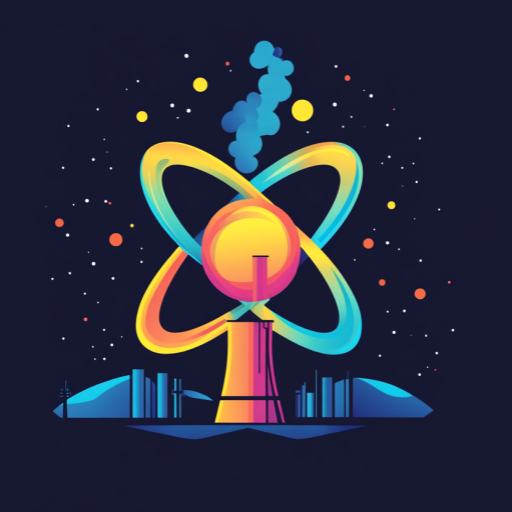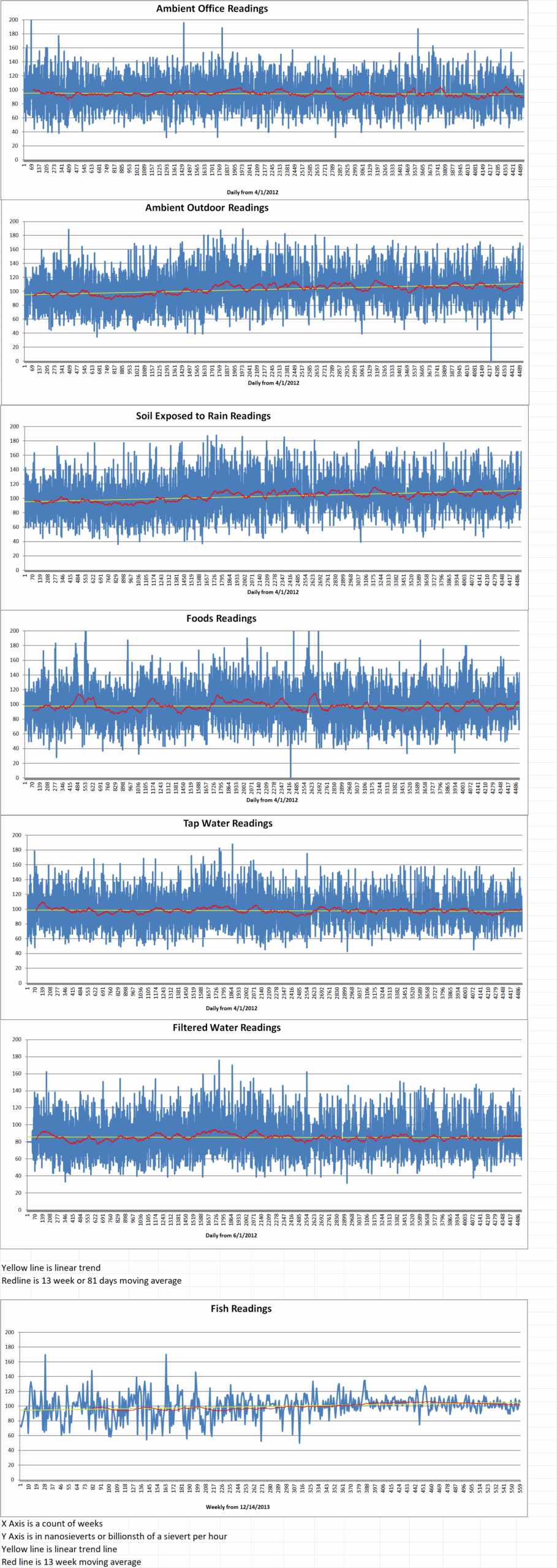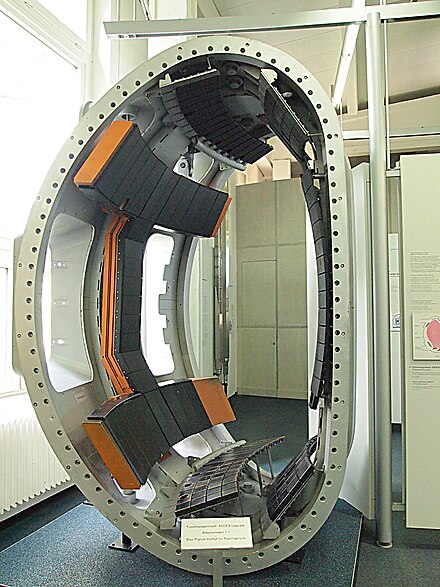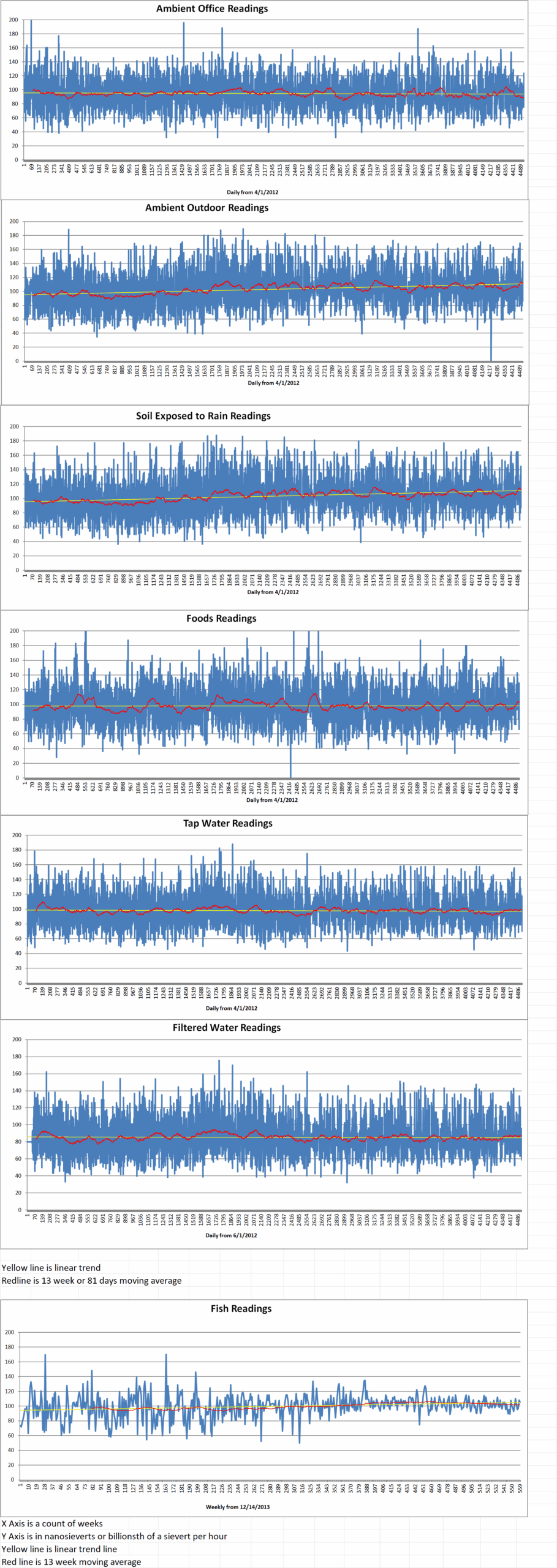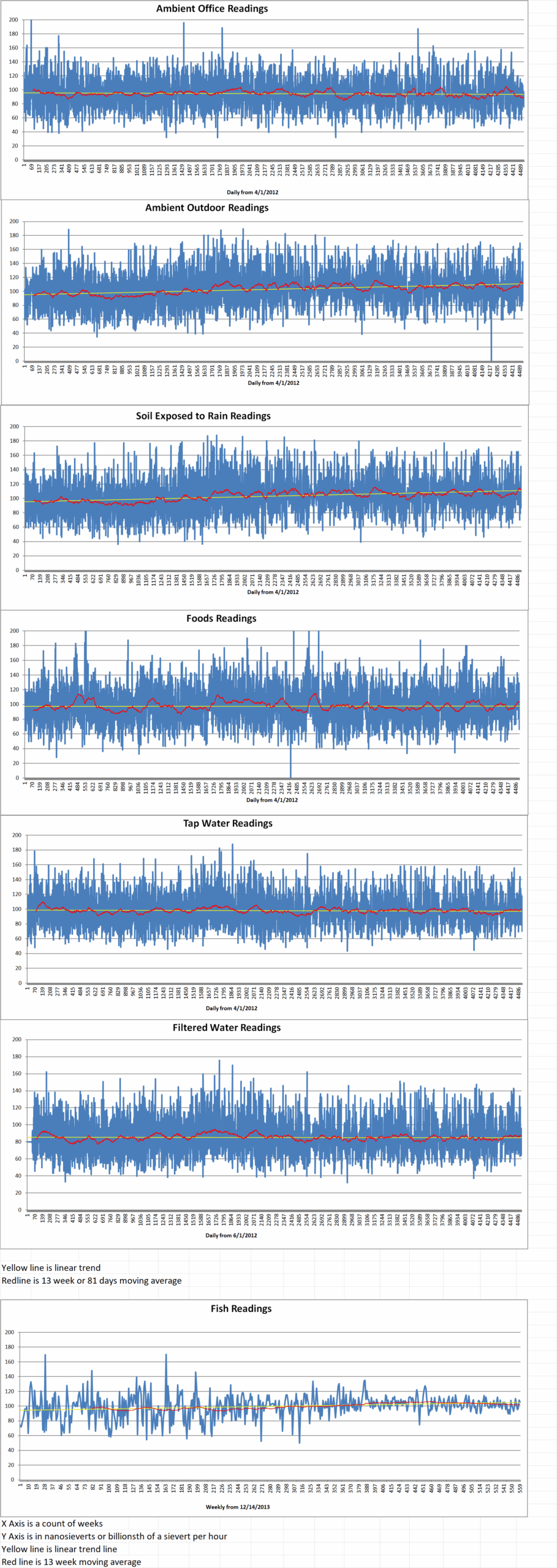Part 2 of 2 Parts (Please read Part 1 first)
Gyrokinetic Electromagnetic Numerical Experiment (GENE) is an open-source plasma microturbulence program which can be used to efficiently compute gyroradius-scale fluctuations and the resulting transport coefficients in magnetized fusion/astrophysical plasmas. GENE is comprehensive, well benchmarked, portable, and highly scalable.
If you want to determine the temperature of a body of water, you simply place a thermometer in the water. In fusion research, plasma temperature is usually measured using microwaves emitted by the plasma itself. Fluctuations in the electron temperature can also be derived from these emissions.
In addition, by launching microwaves into the plasma, researchers are able to analyze the backscattered radiation to extract information about fluctuations in the electron density. This information provides the number of electrons per unit volume. Utilizing this approach, Höfler and her team were able to characterize fluctuations in both plasma temperature and plasma density.
Two diagnostic methods played a central role in the experiment. The first consisted of using Doppler reflectometers to measure fluctuations in the plasma density. Using three reflectometers from ASDEX Upgrade’s available diagnostic equipment, the team analyzed vortices of various sizes at different locations. The second method utilized a Correlation-Electron-Cyclotron-Emission (CECE) radiometer from the Massachusetts Institute of Technology (MIT) in the U.S. for precise measurements of electron temperature fluctuations.
The comparative plasma simulations in five-dimensional phase space were carried out using the GENE program which was developed at IPP and is globally recognized as a leading tool for numerically modeling turbulent processes inside plasmas. The complexity of these phenomena is so great that the supercomputers used for this study required two months of computing time to model the observed turbulence over just a few milliseconds.
Close collaboration between experimental and theoretical physicists was very important. It is not enough for GENE calculations to reproduce the plasma turbulence correctly. They also have to simulate the complex measurement process, which the researchers have now achieved after years of work. This is the only way that comparability between experiment and numerical calculation can be established at all.
Höfler recalled, “When I received the simulation results, I was genuinely surprised by how well they matched all the experimental data.” Even phenomena that were not expected intuitively were accurately predicted by GENE software
The research team established different temperature profiles for the two plasma discharges studied at ASDEX Upgrade. In Discharge 1, steeper temperature gradients were applied when compared to Discharge 2. As expected, Discharge 1 exhibited greater temperature fluctuations than Discharge 2. However, unexpectedly, the density fluctuations behaved in the opposite way. This is a result that initially seemed inexplicable. Yet, the GENE simulations reproduced this behavior exactly.
Höfler summarizes, “We have proven that GENE reliably predicts the real behavior of the two plasma discharges”. With respect to fusion research, this means that simulations can be used to optimize plasma scenarios to achieve the highest possible energy confinement time. The concept of a digital twin of a fusion reactor is now more tangible, allowing for improved predictions of reactor plasma performance.
